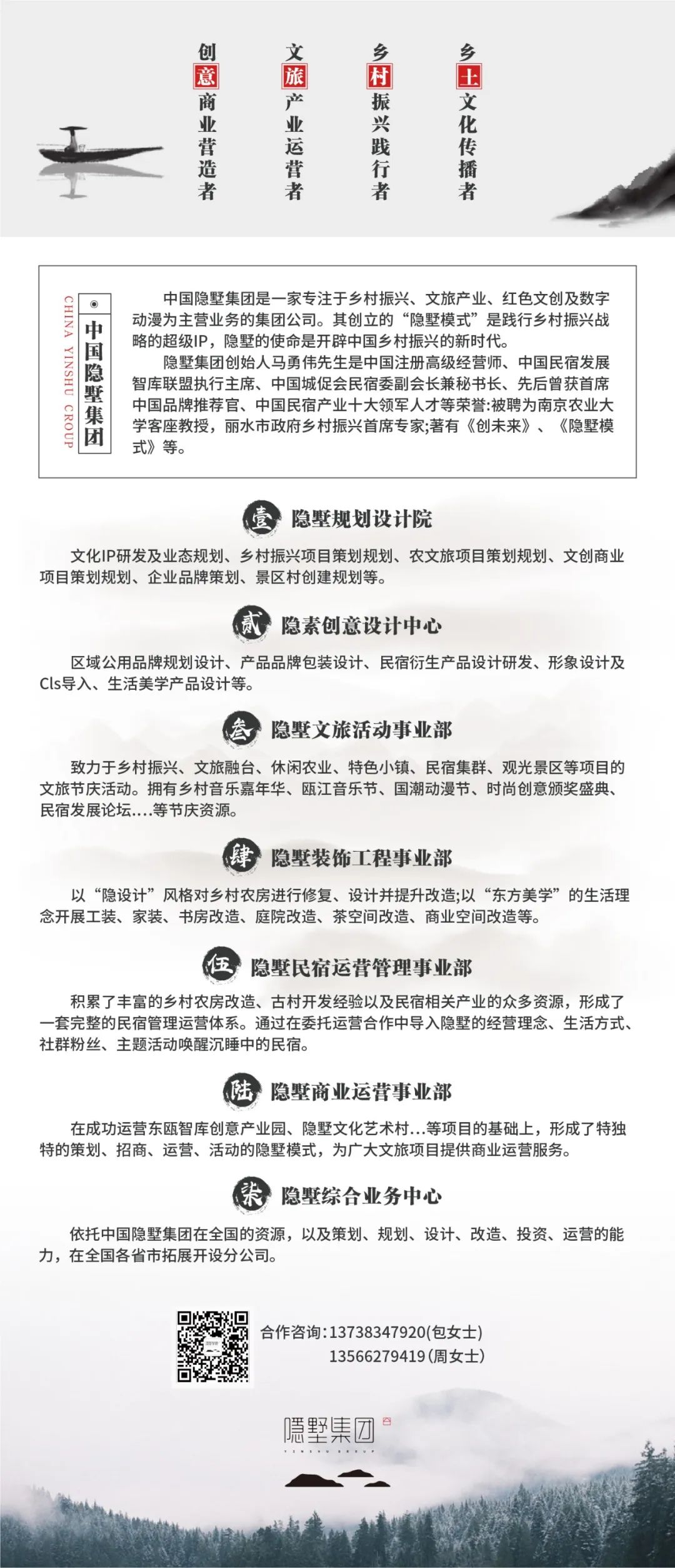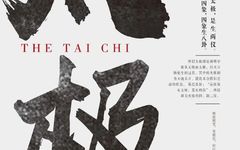Tai Chi culture is an ancient Chinese culture that permeates various cultural fields and phenomena. Due to the universality of Tai Chi, its essence can infiltrate various cultural domains and phenomena, allowing us to feel its omnipresence and omnipotence; however, this does not imply that everything can be called Tai Chi, as each phenomenon has its own essence, characteristics, and forms of expression, which are fundamentally different. The Tai Chi culture we usually refer to signifies the different manifestations of Tai Chi in various phenomena. Therefore, any culture that expresses the characteristics, traits, and qualities of Tai Chi in various forms falls within the realm of Tai Chi culture. Strictly speaking, only the culture that fully showcases the essence, nature, substance, attributes, forms, functions, laws, and principles of Tai Chi can be considered true Tai Chi culture.
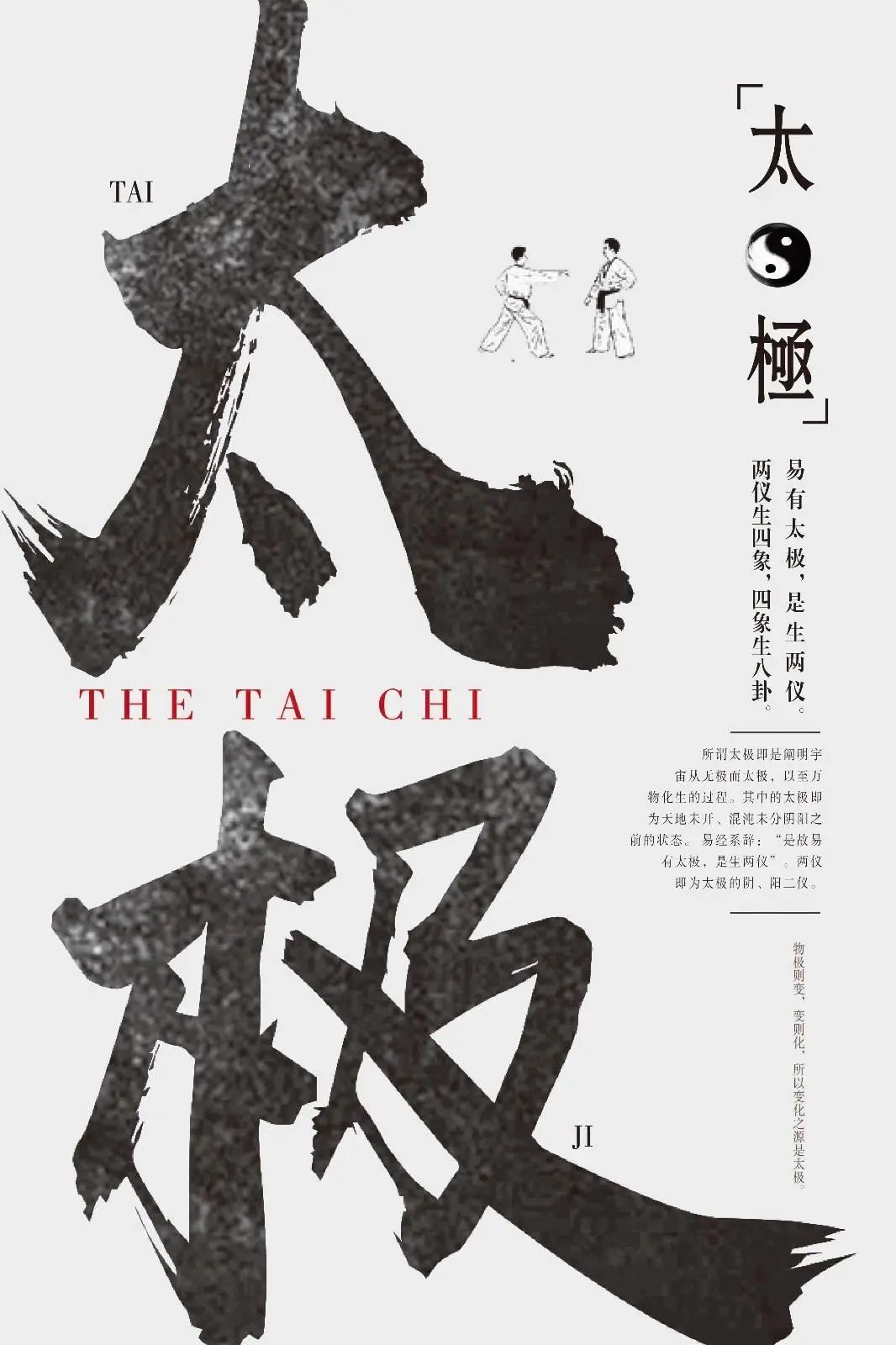
 1. Tai Chi is a form of wisdom, not just martial arts
1. Tai Chi is a form of wisdom, not just martial arts
Tai Chi was first mentioned in the Warring States period in the book “Zhou Yi (I Ching) – Xi Ci” written by Confucius, which states: “The Yi has Tai Chi, which generates the two opposites. The two opposites generate the four images, and the four images generate the eight trigrams.” Similar to Western philosophy, Chinese philosophy initially discussed the origins and existence of the world, later influenced by Buddhism and Daoism, gradually evolving into a philosophy of life that formed a unique and complete life philosophy in China through the mutual influence of Confucianism. Unlike Western philosophy and ancient Indian Buddhism, the traditional Chinese philosophy of life emphasizes both the inner and outer worlds, forming a complete complementarity between Confucian presentism, Daoist transcendentalism, and Buddhist views of reincarnation. In simple terms, Chinese people value both material and spiritual aspects, as well as this life and the next.
So what kind of wisdom is Tai Chi?At its core, Tai Chi wisdom is the thought of the mutual transformation of Yin and Yang. The “Zhou Yi” states that extremes must return; when Yang moves, Yin is born, and when Yin moves, Yang is born. When Yang reaches its extreme, Yin emerges, and when Yin reaches its extreme, Yang emerges. In modern terms, this means that contradictions are universally present, and every phenomenon is composed of contradictions. The two sides of a contradiction are mutually opposing yet unified, and they transform into each other through movement. The theory of Yin and Yang encompasses ontology and the theory of contradictions. From this perspective, the philosophical wisdom of ancient China is in harmony with Western philosophy, and we must recognize this issue earlier and develop it more comprehensively.
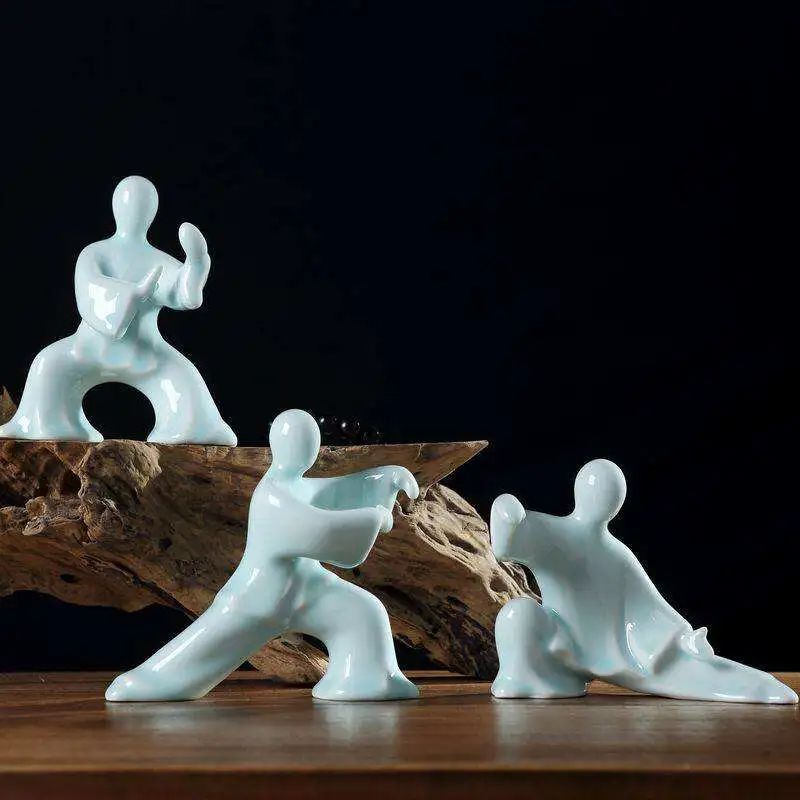
When did we start to misunderstand Tai Chi? We all know that the practice of alchemy and immortality existed during the Warring States period, and it flourished during the Qin and Han dynasties, especially in the Han dynasty, where a group of practitioners combined Yin-Yang and the Five Elements with Confucian classics to develop the theory of prophecy. Another group absorbed Buddhist teachings to develop Daoism. The theory of prophecy continued to evolve, and some Confucian scholars during the Song and Ming dynasties integrated Yin-Yang and the Five Elements theory with Confucianism. The development of Daoism has deeply influenced the hearts of many Chinese people, leading to a blending of Buddhism and Daoism, where many Chinese people worship both in temples and Daoist shrines, even incorporating many folk legends, such as Guan Sheng Di Jun being worshipped in both Buddhist and Daoist temples. The relationship between Chinese medicine, alchemy, and Daoism has always been very complex. Daoism has enriched the theoretical framework of Chinese medicine to some extent, but it has also shrouded many classical Chinese philosophical thoughts in a layer of mystique. Later, the forced integration of Yin-Yang and the Five Elements with Confucianism by Cheng-Zhu philosophy made it even more confusing.
Tai Chi Quan (Tai Chi Boxing) is merely a development of Tai Chi theory in the realm of martial arts and fitness, representing a combat theory. However, it is mixed with many Daoist theories of cultivation and guidance, some of which were later introduced into Chinese medicine, making the theory itself complex and difficult to understand. The unique practice methods of Tai Chi Quan also produce a series of physiological and psychological miraculous effects, further cloaking it in mystery, leading people to associate Tai Chi solely with Tai Chi Quan, forgetting the original meaning of Tai Chi.
2. Tai Chi is not just for the elderly
Nowadays, when people mention practicing Tai Chi, most think it is an activity exclusive to the elderly. Not only Tai Chi, but many traditional practices are stereotypically associated with the elderly, such as Peking Opera. Associating Tai Chi directly with the elderly is unfair to Tai Chi and underestimates the elderly. With consistent practice, many elderly individuals have better physical strength than the young. I have seen a 90-year-old teach students martial arts, demonstrating more flexibility and speed than a student in their thirties. Peking Opera is a national treasure, while martial arts, known as the national art, is less recognized. During the Republic of China, the National Government established the Central National Martial Arts Institute, initiated by prominent figures such as Li Liejun, Cai Yuanpei, and Kong Xiangxi, with General Feng Yuxiang serving as the chairman. The Central National Martial Arts Institute had branches in various provinces, with the Tianjin Martial Arts Institute led by Xue Dian, and famous Xing Yi masters like Han Muxia taught Xing Yi Quan in Tianjin. Premier Zhou Enlai often practiced martial arts at Han’s home. Besides Tianjin, there were also branches in Shanghai and Hangzhou. The National Martial Arts Institute not only taught in the institute but also trained a group of excellent students who, along with renowned masters, taught in universities and middle schools. Practicing martial arts was very common during the Republic of China.
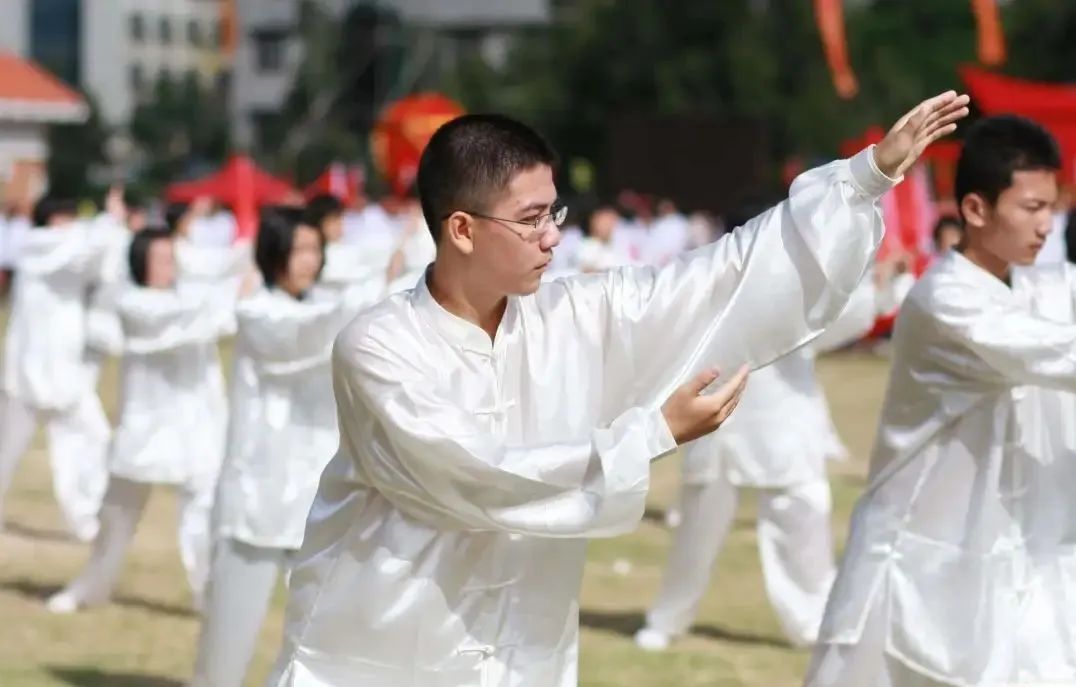
After the founding of the People’s Republic of China, the government promoted Yang-style simplified Tai Chi Quan, as Tai Chi emphasizes relaxation, tranquility, and slow movements, making it more accessible for the elderly. Yang-style also removed the explosive power from Chen-style Tai Chi, replacing it with soft, long-lasting strength, weakening the combat characteristics of Tai Chi and enhancing its fitness aspects. As more elderly people practiced Tai Chi, many began to practice it incorrectly, turning Tai Chi Quan into “Tai Chi exercises,” leading to the misconception that Tai Chi is merely an exercise for the elderly, equating it with stereotypes of aging. This is entirely incorrect.
3. Tai Chi is not gymnastics; it is martial arts and a form of cultivation
Tai Chi is not gymnastics; it is a type of martial arts. The scope of Tai Chi is much broader than we imagine. Besides the well-known styles of Tai Chi, there are many secret forms of Tai Chi that are not publicly shared. To put it bluntly, Tai Chi is a combat philosophy, but the most famous and best embodiment of this philosophy is Tai Chi Quan. Many people find it hard to believe that Tai Chi, which appears so soft and gentle, could possibly be martial arts, let alone be applied in combat. However, it is precisely this application of philosophical thought in martial arts that represents a significant breakthrough in combat theory. Tai Chi’s combat emphasizes “the mutual transformation of Yin and Yang, yielding to others, and using four ounces to deflect a thousand pounds.” The mutual transformation of Yin and Yang is reflected in its body movements, hand techniques, and footwork. No matter when you observe it, the hand shapes are almost always one palm facing up and the other facing down, or the heights of the two hands, or the extension and contraction, or the front and back of the legs, all conforming to the principles of Yin and Yang. Tai Chi emphasizes circular movements, so its actions are fluid and never stagnant. This allows for high to become low, front to become back, high is low, retreat is advance. Yielding to others means allowing your center of gravity to shift with your opponent’s, causing them to lose their balance, ensuring you remain undefeated. Using four ounces to deflect a thousand pounds means that such constant changes can achieve the greatest combat effect with minimal force.
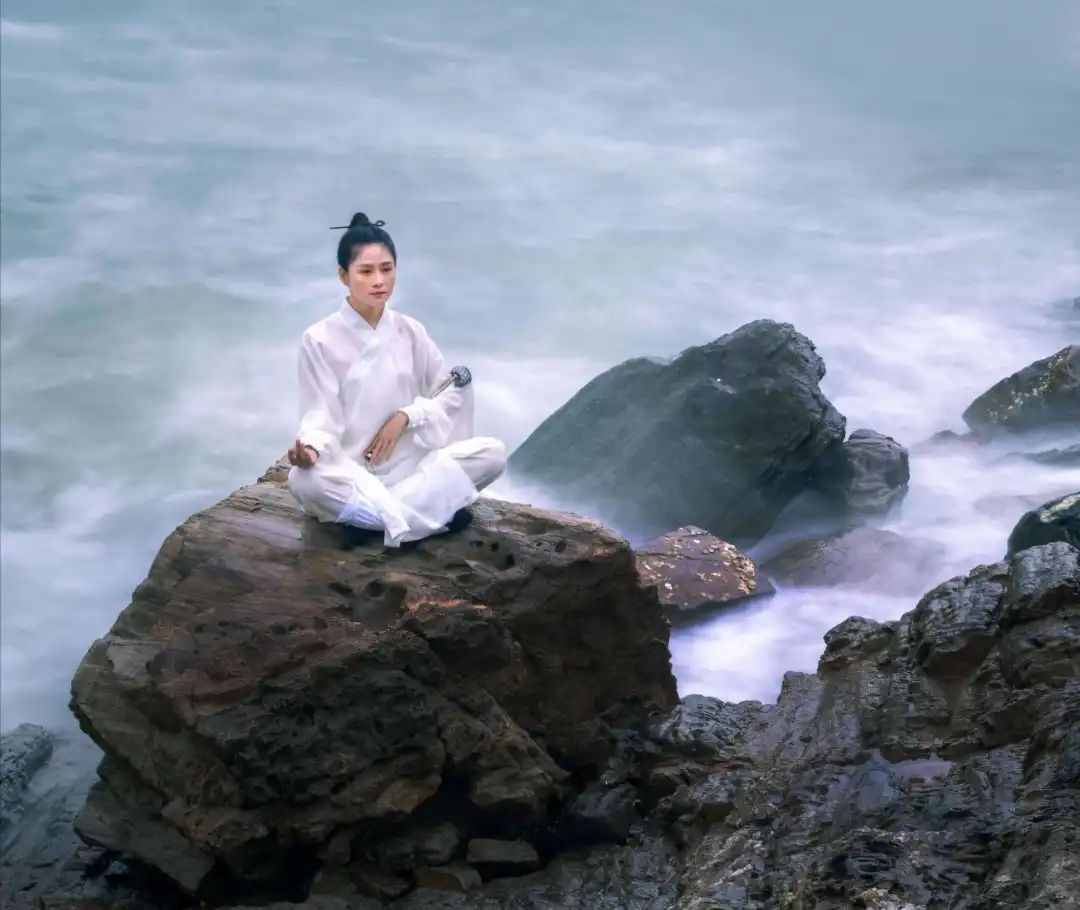
Martial arts emphasize the body and application; the body refers to the skill of “knowing oneself,” which is achieved through the practice of martial arts routines to gradually sense one’s body, thus achieving the unity of body and mind. Application refers to the practical use in combat, and when the philosophical essence of martial arts merges with our being, it transforms our behavior and temperament. In school, we often hear that knowing something in the head does not equate to true understanding; true understanding is when it is engraved in our hearts and integrated into our blood. This statement seems straightforward, but I believe it does not fully capture the depth of the concept. It suggests that only when we achieve the unity of body and mind, spirit and flesh, can our intellect truly open up. This is why Buddhism emphasizes “enlightenment.” Enlightenment is essentially about breaking through the barrier between the body and the mind. Whether through Buddhist meditation, yoga, or the slow movements of Tai Chi, all aim to help us carefully perceive and feel our bodies. The slow and tranquil routines of Tai Chi are designed to help us recognize our bodies, genuinely feel the existence of our minds and limbs, and through the practice, the control of intention leads the energy, and the energy manifests strength, thus achieving a high state of unity between body and mind. Therefore, Tai Chi is not just martial arts; it is also a practice of body and mind, a journey of wisdom and enlightenment.
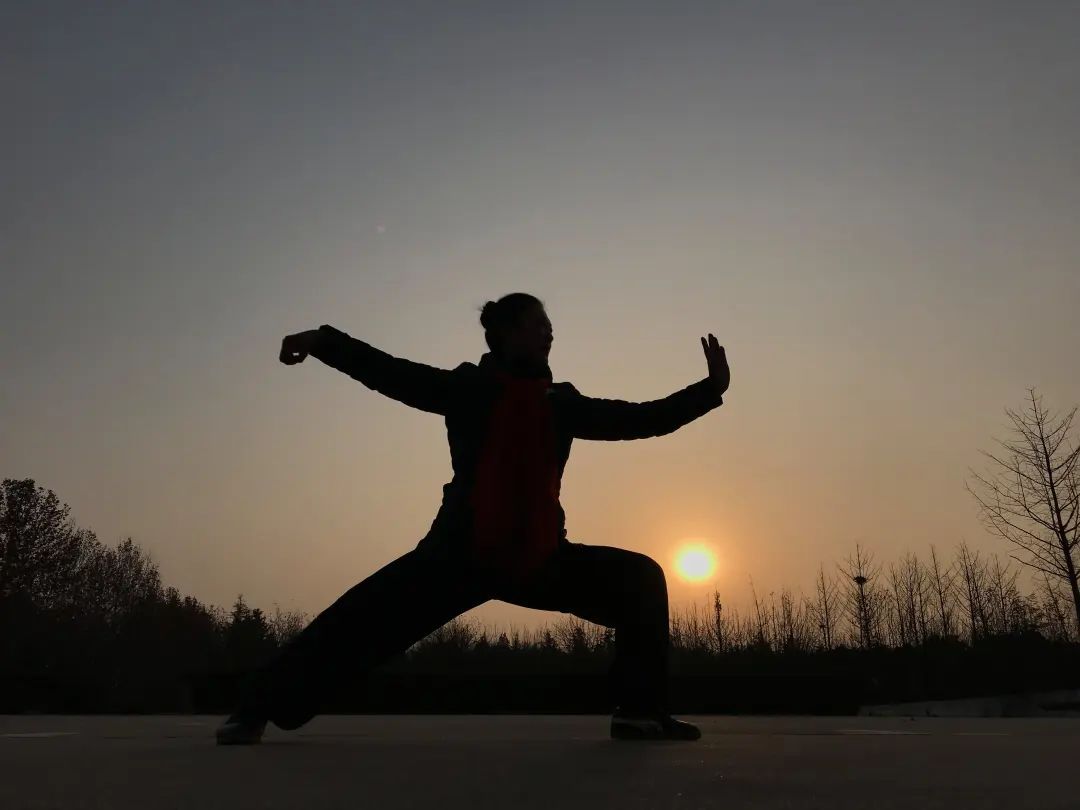
Tai Chi Quan is based on “health preservation as the foundation, combat as the soul.” Today, many people practice Tai Chi Quan, but some remain at the fitness stage, struggling to comprehend the combat aspect of Tai Chi Quan. The reason for this is often the lack of guidance from a knowledgeable master. “To exhaust principles and understand nature to the point of life,” practicing Tai Chi Quan is no different; only by understanding the principles of Tai Chi Quan and practicing in the correct sequence can one truly enter the realm.
The main practices of Chen-style Tai Chi include: standing post, internal rotation of the Dantian, silk reeling, single form practice, Panzhang, push hands, and methods for nourishing the five organs.
Standing post can be divided into three realms: standing post, walking post, and transforming post. Due to the different levels, the requirements also vary. Standing post is the best method for cultivating Tai Chi internal power. Through standing post training, one can adjust their Yin-Yang balance, unblock meridians, harmonize Qi and blood, and promote the metabolism of various systems in the body, thus achieving the effects of strengthening and fitness. Additionally, standing post cultivates the body’s internal potential, accumulating energy throughout the body. During standing post, by continuously coordinating the internal and external triad (i.e., spirit and intention, intention and Qi, Qi and strength, shoulder and hip, elbow and knee, hand and foot), one can seek to achieve a holistic force throughout the body. Through unique training that relaxes tendons, opens bones, and penetrates the skin, Qi and blood can circulate throughout the body, rapidly enhancing one’s ability to withstand strikes and release high intensity. Standing post training also strengthens the function of the nervous system, training the nerve endings to make practitioners sensitive to touch and responsive, laying a solid foundation for reaching a high level of readiness.
The Dantian practice is one of the core methods of Chen-style Tai Chi, highly valued by generations of practitioners. The classics state: “Grasp the Dantian to practice internal power; the two energies of hum and ha are boundless.” The internal rotation of the Dantian is the most crucial aspect of Dantian practice, using the Dantian as a pivot, synchronizing with the waist’s rotation, and using it to drive the Qi and blood throughout the limbs and organs, forming a holistic rotational movement. The internal rotation of the Dantian centers on the body’s central meridian, performing circular rotations in various planes, both clockwise and counterclockwise. Through practicing the internal rotation of the Dantian, one can achieve the sinking of Qi into the Dantian and the coordination of the rotating Dantian during Panzhang. Practitioners say: “Transformation and conversion, development and release, striking and throwing, all occur in the moment of Dantian transformation.” This highlights the importance of the internal rotation of the Dantian in Chen-style Tai Chi. Based on the experiences of past Tai Chi masters and my own practice, Dantian practice plays a crucial role in Chen-style Tai Chi.
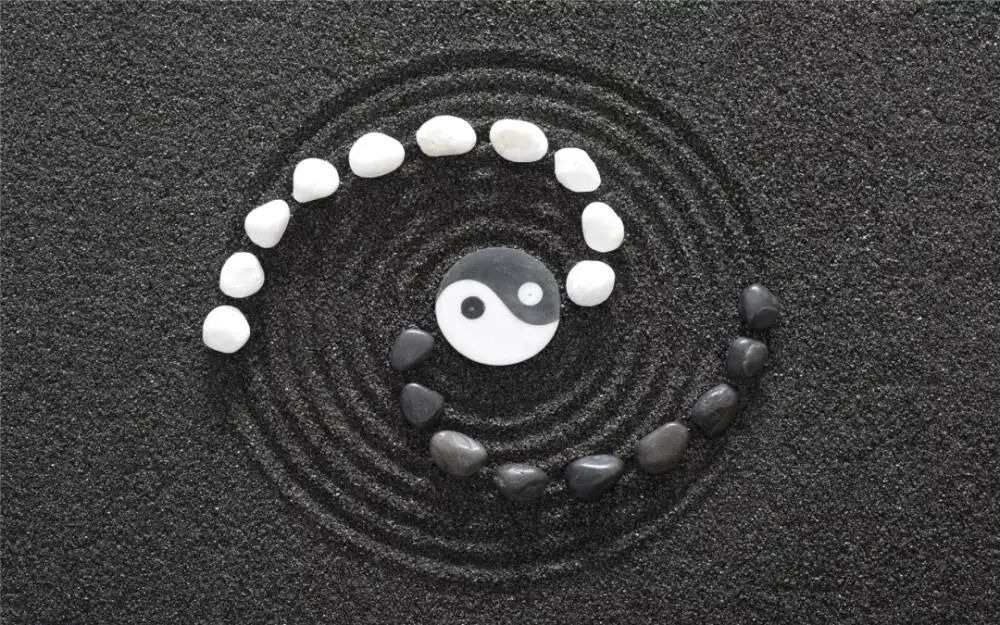
Silk reeling is the soul of Chen-style Tai Chi; without understanding silk reeling, one cannot claim to understand Chen-style Tai Chi. Chen Xinyun stated: “Tai Chi Quan is about the method of reeling. The whole body is filled with reeling energy, which originates from the heart, penetrates into the bones, and extends to the limbs.” The methods of operation can be divided into: advancing reeling, retreating reeling, left reeling, right reeling, upward reeling, downward reeling, inner reeling, outer reeling, and large and small reeling. Beginners do not need to differentiate too finely; the above reeling methods are merely expressions of the forward and reverse reeling. As long as one understands the forward and reverse reeling, the other methods will naturally follow. Silk reeling is not merely a single spiral wrapping of the limbs; it is primarily driven by intention, with internal Qi following the rotation, circulating throughout the body, reaching the limbs, and settling in the Dantian, forming a combined internal and external spiral movement. During operation, the upper and lower parts should follow each other, and every movement of the body should be interconnected, twisting the whole body into a single rope, thus connecting the extraordinary meridians and the twelve regular meridians, strengthening the five organs and six bowels.
Practicing single forms must strictly adhere to the principles of Chen-style Tai Chi, following the rules summarized by predecessors through practice, verifying step by step. Beginners must have guidance from a knowledgeable master; as the saying goes: “Entering the door requires oral instruction; learning the fist is easy, but changing it is hard.” Once bad habits are formed, they can pose significant risks to future practice. Beginners must clarify the origins and developments of each movement, understanding the changes in emptiness and fullness, direction, angle, and the trajectory of the fist during movement. When practicing, one should primarily grasp the basic operational principles of the head, chest, waist, back, shoulders, elbows, hips, knees, and feet.
The Panzhang of Chen-style Tai Chi is an overall training of the eight gates and five steps, folding and transforming, and the changes between emptiness and fullness. During Panzhang, one must first understand the content of the eight gates, which refer to the eight basic methods: peng, lu, ji, an, cai, lie, zhou, and kao. It is important to note that the hands, body, and feet each have eight gates, and the upper, middle, and lower gates are unified. The five steps refer to the five methods of movement: advancing (fire), retreating (water), left (wood), right (metal), and centering (earth). This is essential knowledge for beginners in Tai Chi Quan. At this stage, one must understand the specific functions of the five steps and the principles of the Five Elements’ mutual generation and overcoming. During the practice of Tai Chi Quan, one should strictly adhere to the rules, practicing step by step, and during demonstrations, one should know not only what is happening but also why it is happening. For example, in the “Jin Gang Dao Dui” movement of Chen-style Tai Chi, when both hands drop together, it represents peng, lu, ji, and an; a left turn and right turn encompass cai, lie, zhou, and kao. After understanding the basic forces, one should clarify the combat meanings of each movement, carefully pondering where the force originates and where it lands. In every movement, intention should lead, and every move should be aimed at practical application, as the ancients said: “Panzhang is for striking, and striking is for Panzhang.” Additionally, every small action during Panzhang contains folding and transformation, which practitioners must not overlook. Folding includes: folding of the chest and waist, folding of the spine and abdomen, and folding of the limbs. Not understanding folding makes the whole body rigid, as the ancients of Chen-style Tai Chi have long stated: “Not understanding folding is a waste of learning; transformation lies entirely in folding.” Folding is also directly related to relaxation and tension, opening and releasing. In practical application, the moment of contact between both parties plays a decisive role in the transformation of force; only through guidance from a knowledgeable master and personal experience can one grasp its true essence.
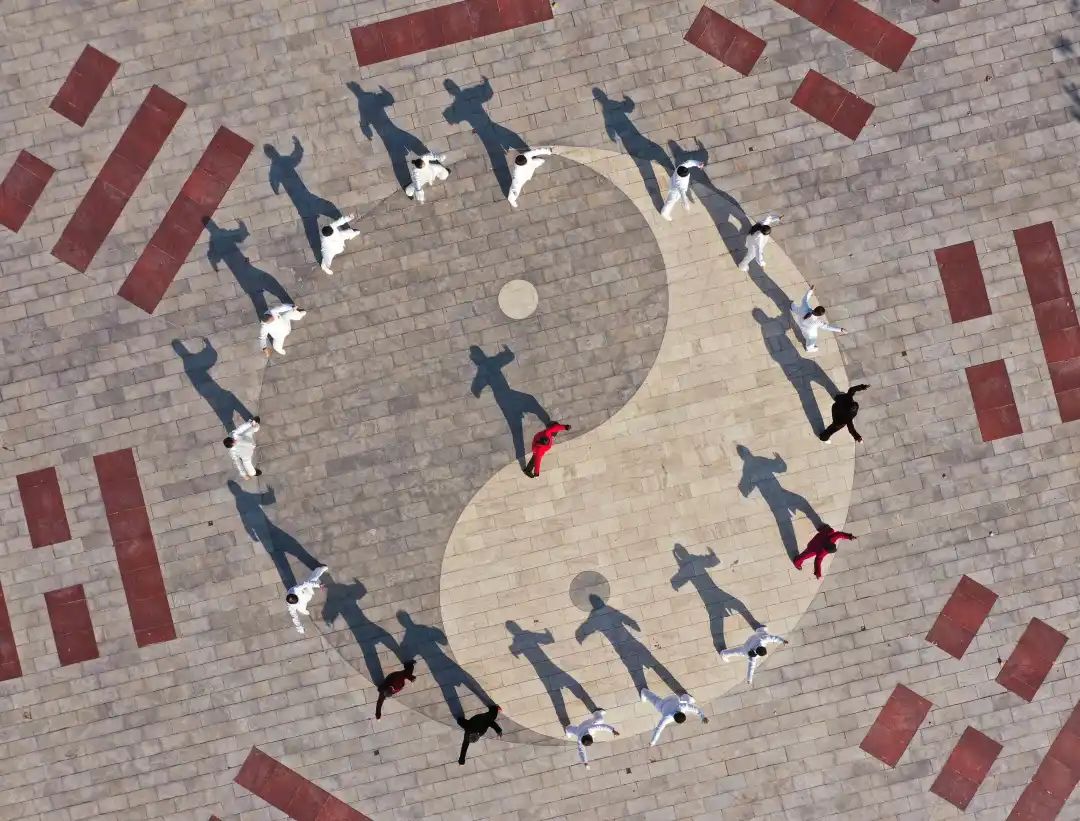
During Panzhang, attention should also be paid to the transformation between emptiness and fullness. Emptiness and fullness permeate and transform each other; for example, Tai Chi Quan requires a relaxed chest and a solid abdomen. A relaxed chest is emptiness, while sinking Qi into the Dantian is fullness, allowing the center of gravity to sink, achieving lightness above and stability below, with Yang energy rising and Yin energy descending. This represents the overall emptiness and fullness of the body, but within the emptiness, there is fullness, and within the fullness, there is emptiness; emptiness and fullness are relative. During Panzhang, the transformation between emptiness and fullness is achieved through folding and the placement of the waist, hips, and limbs. Emptiness and fullness involve lightness, heaviness, floating, and sinking, each containing dual, biased, and half states. The most common issues are dual heaviness and dual floating. Having fullness without emptiness is dual heaviness, while having emptiness without fullness is dual floating; practitioners must not overlook this.
Push hands is the best method to test the fist techniques. Panzhang is the skill of knowing oneself, while push hands is the skill of knowing the opponent. After gaining some understanding of Panzhang, one should practice push hands more. First, practice “listening” to the energy, making contact with the opponent’s hands, using the nerve endings to sense the opponent’s force, weight, and changes in emptiness and fullness, adhering to their movements and changing with them, responding to their incoming force. In push hands, verify whether each movement in Panzhang adheres to the rules, fully understanding the essence of both Panzhang and push hands until one reaches complete accuracy before transitioning to practical application. The fist techniques created by the ancients were all verified through practice; only by following the rules and experiencing them personally can one gradually elevate their level, and one must not deviate from the established methods. The above is merely the basic requirements for beginner push hands. In the past, Mr. Dong Yingjie pointed out: “Practicing Tai Chi Quan is divided into literary and martial. Those who can preserve health but cannot fight are practicing literary skills; those who can fight but cannot preserve health are practicing martial skills; those who can preserve health and fight are the true Tai Chi Quan practitioners.” Chen-style Tai Chi Quan is indeed a superior martial art that integrates health preservation and combat.
What Tai Chi wisdom is found in Tai Chi Quan?
Tai Chi Quan is a set of martial arts established based on the philosophical thoughts of Tai Chi, which can defend oneself and promote health, while also allowing for understanding the Dao and shaping individuals. It is the primary method for the Zhong Ao Wu Fu Group to learn and inherit Tai Chi wisdom.However, many people still find it confusing and cannot understand how a series of movement combinations in Tai Chi Quan can possess such rich and profound Tai Chi wisdom.

● Offense and Defense:
The offense and defense in Tai Chi Quan are significantly different from other martial arts. Tai Chi Quan emphasizes responding after the opponent, focusing on listening and feeding energy. Responding after the opponent means that during a confrontation, one does not strike first but calmly observes the opponent, understanding their intentions before striking decisively; listening and feeding energy means that during a confrontation, one may evade or block for several rounds, familiarizing oneself with the opponent’s techniques and force (listening), changing one’s own techniques to disrupt the opponent’s rhythm, thus achieving victory.
Practicing Tai Chi Quan allows one to experience the principles of responding after the opponent and listening and feeding energy, subtly influencing one’s ability to seize opportunities in life and work. For example, in a company meeting, if two parties, A and B, have differing opinions, and A, not convinced by B, passionately presents a lot of data to prove they are right (this is A’s offense). In this case, B’s approach of responding after the opponent would be to quietly listen to A’s explanation without arguing, waiting for A to finish (most suggestions in meetings are valid, only their suitability matters), and then calmly and with a smile say, “Your suggestion is more brilliant than mine; once our budget allows, we can certainly give it a try!”
The practice of listening and feeding energy involves quietly listening to A, asking questions about areas of uncertainty, allowing the other party to explain. After several rounds of questioning and answering, B can fully understand A’s position and intentions, gaining a more comprehensive understanding of whether A’s suggestions are feasible. “Thank you for your guidance; I had not considered a few points earlier!”
Opportunities are always reserved for those who are prepared, and prepared individuals and teams are often those who are adept at seizing opportunities. Responding after the opponent and listening and feeding energy are the wisdom of training individuals and teams to act at the right moment!

● Fast and Slow, Hard and Soft:
The movements of Tai Chi Quan are sometimes fast, sometimes slow, sometimes vigorous and agile, and sometimes soft and gentle. Long-term practice of Tai Chi Quan allows one to experience the control of speed and softness, greatly enhancing one’s self-control, stabilizing emotions, and fostering a harmonious demeanor! This corresponds to the wisdom of acting at the right moment in life and work.
Today’s society is fast-paced, and the rapid pace of life and work can lead to impatience and irritability, often resulting in verbal conflicts (hardness). All actions become aggressive and rigid, lacking a slow buffer and gentle moderation, which are precisely the taboos for achieving great things. “Haste makes waste” and “To enter a period of rapid development, one must first have a slow preparation period!” and “Hardness is easily broken”… these are lessons!
Practicing the movements of Tai Chi Quan allows one to experience the interspersing of fast and slow, the blending of hardness and softness, and to adapt to circumstances, being fast when necessary and slow when needed, soft when faced with hardness, and hard when faced with softness. Over time, this can effectively enhance one’s self-control, allowing one to navigate between instinctual desires and rational control with ease, achieving a balance between instinctual desires and rational control. Thus, when facing the fast-paced life and work, one can remain calm and composed, maintaining a heart that is neither too hot nor too cold, possessing a heart that acts at the right moment.
Acting at the right moment is an essential ability and quality for an excellent employee or team. It is not just about waiting; it is more about how to manage one’s instinctual desires and rational control! Learning Tai Chi Quan involves a process of transitioning from fast to slow, from hard to soft, and then to a blend of fast and slow, hard and soft. On one hand, it is about mastering the movements; on the other hand, it is about harmonizing one’s instincts and control!
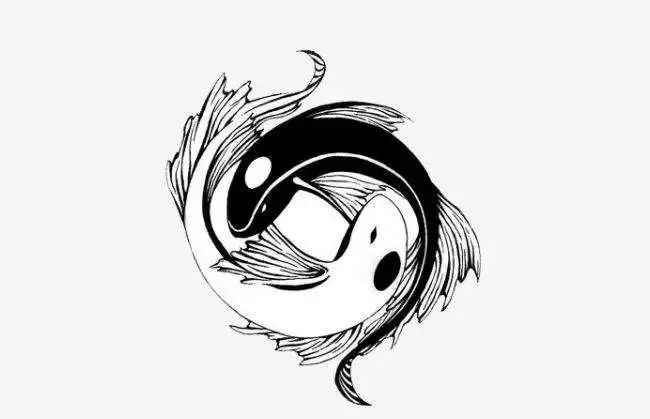
● Standing Upright and the Circular Path:
Tai Chi Quan has several major schools, including Chen, Yang, Wu, Wu, Sun, and Zhao Bao Tai Chi, as well as Wudang Tai Chi. Each school’s postures and techniques differ, but the requirements for standing upright and following a circular path are the same, becoming the key to practicing Tai Chi in all schools. Practitioners of Tai Chi Quan are first taught the importance of standing upright and being dignified; the footwork and hand techniques should follow a curved path, avoiding straight lines. This may seem like the essence of practicing martial arts, but it actually aligns with the wisdom of being square and round in dealing with people.
Long-term practice of Tai Chi Quan cultivates the habit of standing upright and dignified, whether sitting, walking, or standing, giving those around a sense of integrity, positivity, and safety, while also accumulating a sense of righteous energy and masculinity (dark energy), keeping the body and mind in a state of readiness and calm. This calm and upright state gives those around a sense of safety and confidence in your capabilities, as strength (square) is always associated with calmness!
A significant characteristic of Tai Chi Quan is its light and agile body movements, with slow, even, and circular techniques. All movements are centered around the Dantian (Qihai point), where any movement affects the whole body, creating a seamless connection, unlike other martial arts that center around the waist, using it to drive the fists, elbows, legs, and feet. To achieve a seamless connection, one must rely on circular movements. The eight energies of Tai Chi Quan—peng, lu, ji, an, cai, lie, zhou, and kao—along with the four cardinal and four diagonal directions, dictate that Tai Chi Quan never confronts opponents head-on but rather uses circular paths to sidestep or push, altering the direction of the opponent’s techniques before launching an attack. Those who frequently practice Tai Chi Quan will naturally develop an open mind (increased lung capacity), enhanced instinctual control (effects of relaxation and silk reeling training), and a deepening understanding of the four cardinal and four diagonal energies, naturally experiencing the subtleties of harmony and resolution, avoiding causing harm or offense due to their upright character.
Through this, one can deeply understand the wisdom of being square and round in dealing with people, standing upright and being dignified represents the square outwardly, while treating others with harmony represents the round inwardly; the combination of square and round is the crystallization of wisdom in dealing with people!

● Yin and Yang:
Tai Chi Quan emphasizes the interspersing of fast and slow, the blending of hardness and softness; it emphasizes that to go left, one must first go right, and to advance, one must first retreat, with contradictions existing everywhere in unity. This is a manifestation of Daoist and I Ching theories of Yin and Yang, making the following of Yin and Yang a significant characteristic of Tai Chi Quan. Yin and Yang is a philosophical concept encompassing numerous contents, but its essence lies in the coordination and unity of Yin and Yang.
Jack Ma once provided a classic explanation of the wisdom of Yin and Yang in the Tai Chi diagram: “The most important skill we must master as leaders may lie in the line between Yin and Yang in the Tai Chi diagram. There is a rotation between high and low pressure; when Yin exceeds, it becomes Yang, and when Yang exceeds, it becomes Yin. Only the line in the middle, the balance, is the best! That is the highest realm!”
When first learning Tai Chi Quan, most people have uncoordinated bodies, moving quickly and stiffly, moving in straight lines (a result of modern fast-paced and singular lifestyles). As they receive guidance from their teachers and become familiar with the routines, their movements gradually become more fluid, stiffness recedes, speed slows, and coordination improves. Over time, they can slowly appreciate the charm and techniques of balancing fast and slow, hard and soft; subtly, the practitioner’s mindset also transforms, moving away from the initial impatience towards a gradual balance and growth that brings joy.
When the mind is at peace and one finds joy, a sense of satisfaction arises, leading to a reduction in desires, allowing the mind to transition from peace to tranquility. Tranquility promotes self-analysis and adjustment of the unity of Yin and Yang within oneself, gradually approaching the realm of Yin-Yang balance, forming a positive cycle. Thus, the door to the wisdom of Yin-Yang balance opens. If one can share their experiences with others, many disputes can be reduced, promoting harmonious relationships and enhancing oneself and the team!
Are we practicing Tai Chi or the heart?
1. Appearance Reflects the Heart
Master Hsing Yun of Taiwanese Humanistic Buddhism once told a story about a person who met a long-lost friend and was shocked, asking, “Friend, why do you look so ugly and fierce now? You weren’t like this before.” After some conversation, it was revealed that his friend was now working as a sculptor, specifically carving Vajras for temples. Those who have visited temples know that Vajras stand at the gates, holding demon-suppressing staffs and swords, with fierce expressions that could frighten anyone. The person told his friend, “I think you’ve been carving Vajras for too long; you should switch to carving Buddha statues.” After taking his advice and switching to carving Buddha statues, when they met again after some time, his friend’s appearance had transformed into one of kindness and approachability.
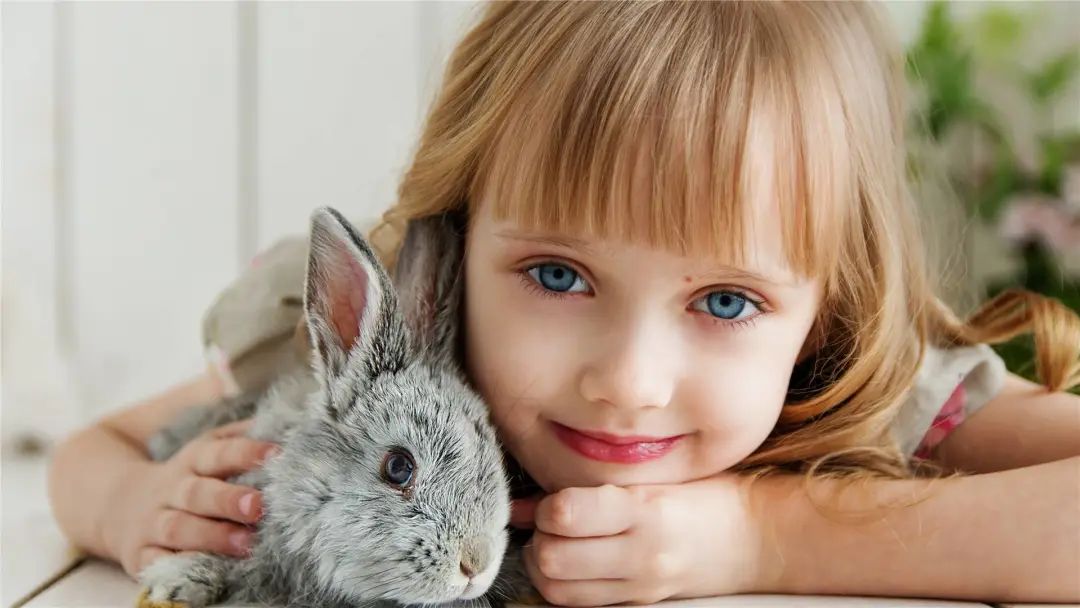
Our appearance reflects our inner self.This story illustrates a principle: “Appearance reflects the heart.” Initially, his friend carved Vajras, and over time, the fierce appearance of the Vajras influenced his heart, which in turn affected his appearance. Later, when he switched to carving Buddha statues, the image of the Buddha gradually dissolved the anger in his heart, replacing it with kindness and compassion, thus changing his appearance back.
Sometimes, our inner self can influence our outer appearance; no matter how much we try to disguise it, traces remain. There is a saying: “We can deceive others, but we cannot deceive ourselves.” In reality, we cannot deceive anyone; what is within us is fully reflected in our appearance.
2. The Magical Effect of Meditation

Half an hour of meditation daily can replace two hours of deep sleep.In Harvard University’s positive psychology course, Professor Taylor highly recommends meditation, primarily drawing on knowledge from Indian yoga. Half an hour of emptying the mind through meditation can replace two hours of deep sleep. Meditation can significantly lower our blood pressure and heart rate, effectively reduce anxiety levels, improve sleep, and greatly enhance our thinking and judgment, making us wiser.
We often notice that long-term practitioners of yoga exhibit a sense of tranquility and joy in their appearance due to the effects of regular meditation. Not only yoga practitioners, but also those who practice Zen meditation and martial arts display different spiritual qualities. For martial arts, practitioners of external styles often appear fierce, while those practicing internal styles, like Tai Chi, tend to have a humble and gentle demeanor. This is the result of long-term spiritual training. Tai Chi, as a major internal martial art, places great emphasis on training our inner spirit, allowing us to achieve a state of effortless ease.

Daily practice of Tai Chi can effectively clear our minds.In Buddhism, besides general sitting meditation, there is a term called “Martial Zen,” where martial arts serve as an important method of inner cultivation. Tai Chi is also an excellent choice for training the mind and body. The preparatory activity of Tai Chi, known as Hun Yuan Zhuang, has remarkable effects. Practicing Hun Yuan Zhuang for half an hour daily can produce effects similar to or even exceeding those of yoga, allowing us to achieve clarity of mind and tranquility.
3. Focus

Focus can produce lasting happiness.Western psychologists have found that focus plays a significant role in happiness because only through focus can one become immersed, and only by being immersed can one forget oneself. When we forget ourselves, we can let go of our surroundings, allowing us to focus on more long-term goals, thus achieving greater accomplishments and generating more continuous happiness.
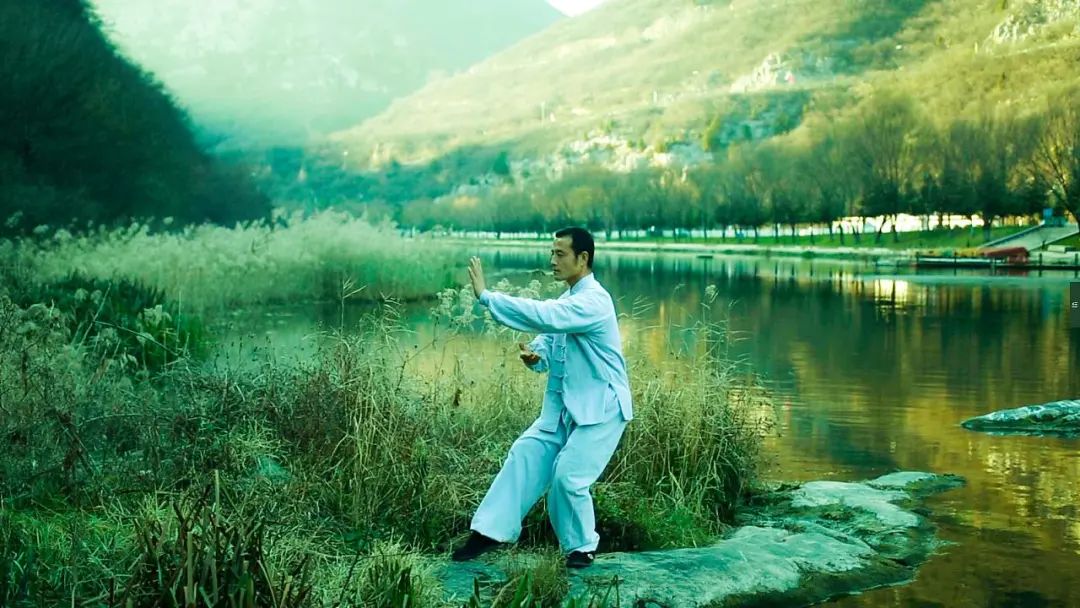
Tai Chi not only exercises the body but also cultivates our inner self.Tai Chi is not just a martial arts exercise; it is also a form of spiritual cultivation, a way to develop the mind and transform one’s temperament. The relaxed, gentle, slow nature of Tai Chi allows us to achieve higher levels of focus while relaxing, leading to a purer mind, clearer brain, more joyful spirit, and a more composed demeanor. The nine Tai Chi movements are simple and retain the essence of Chen-style Tai Chi. With consistent daily practice and adherence to the principles of relaxation and tranquility, one can experience significant changes in both body and mind, leading to transformations in temperament and appearance.
End
